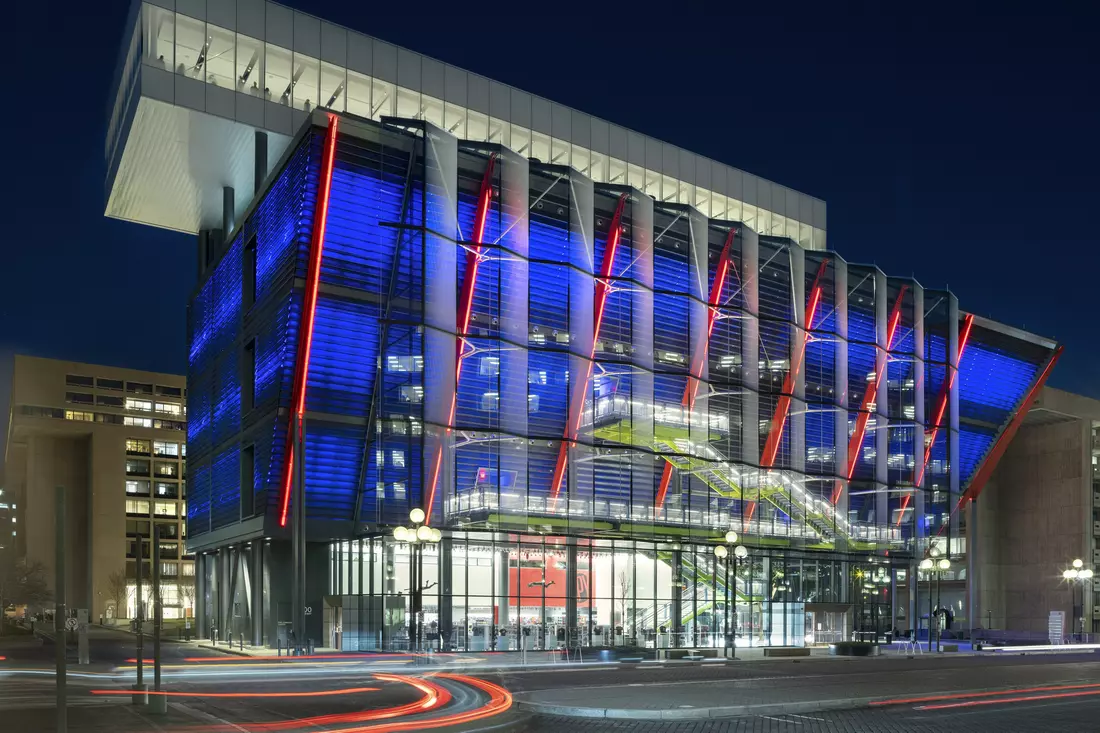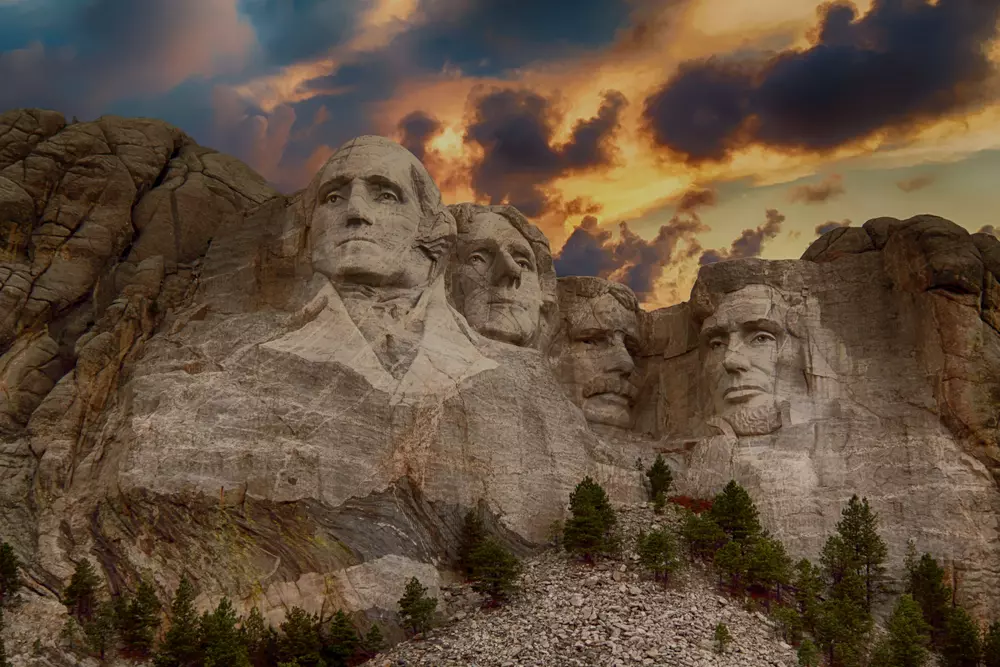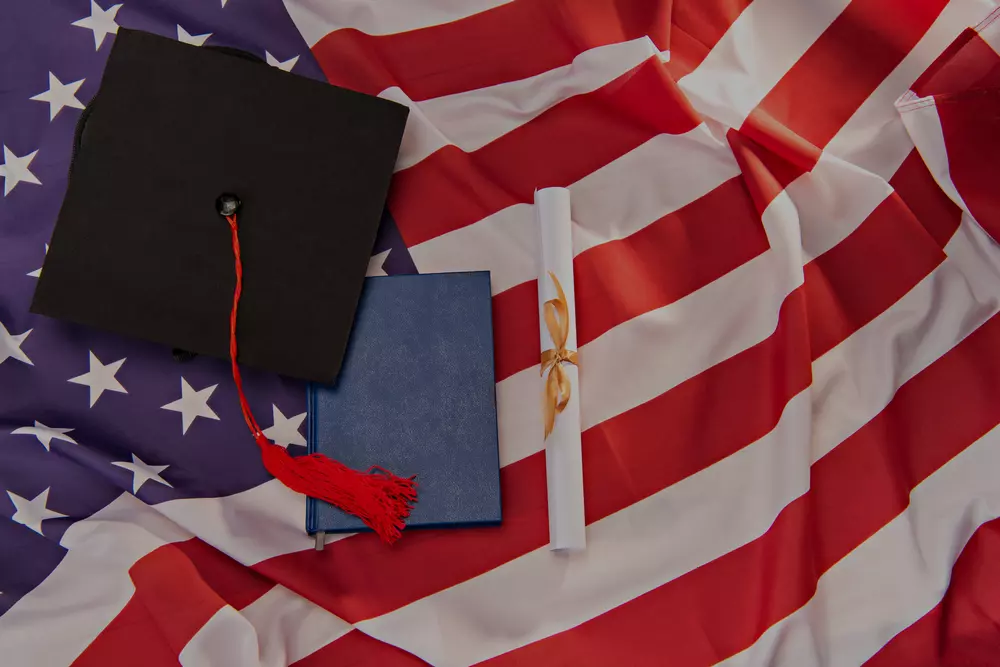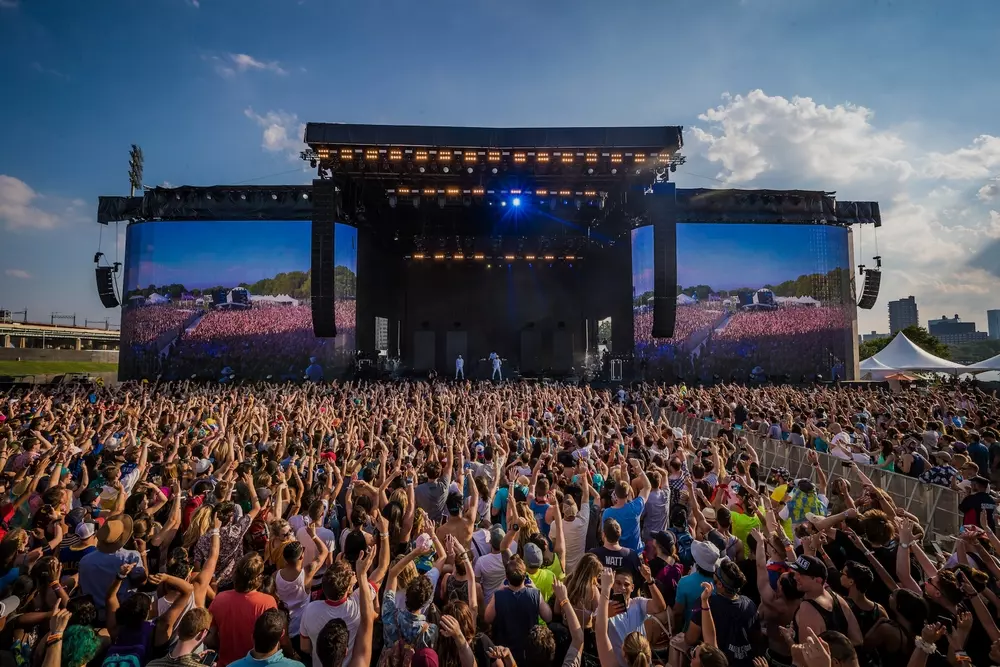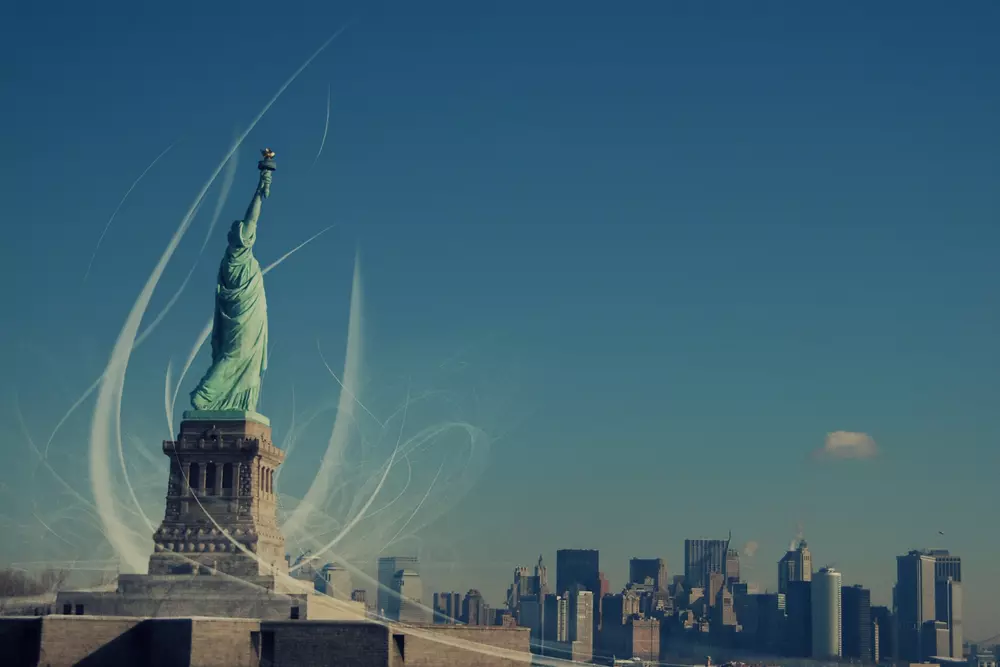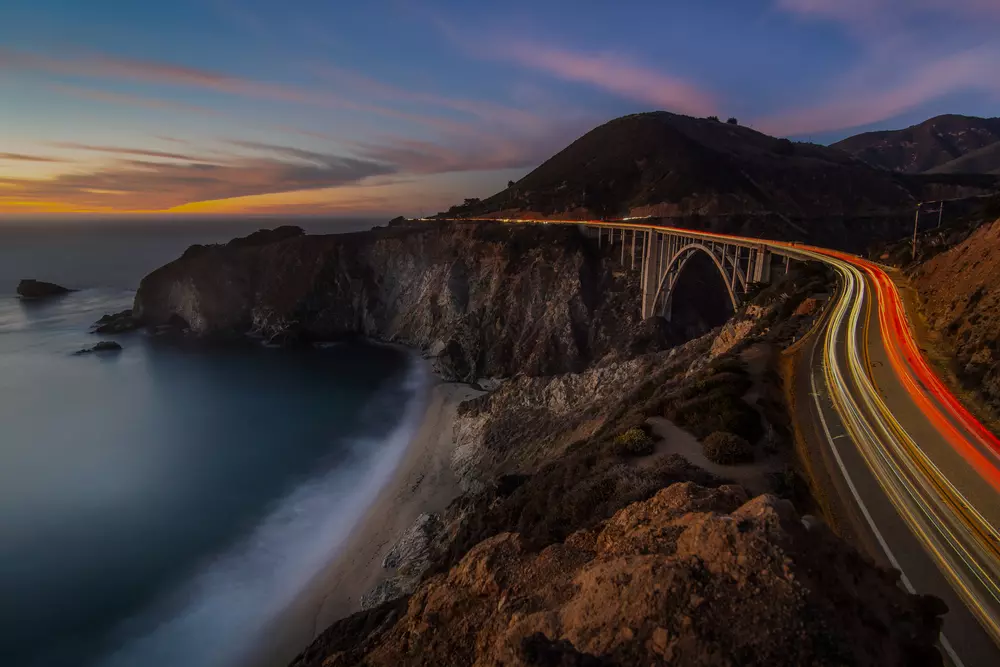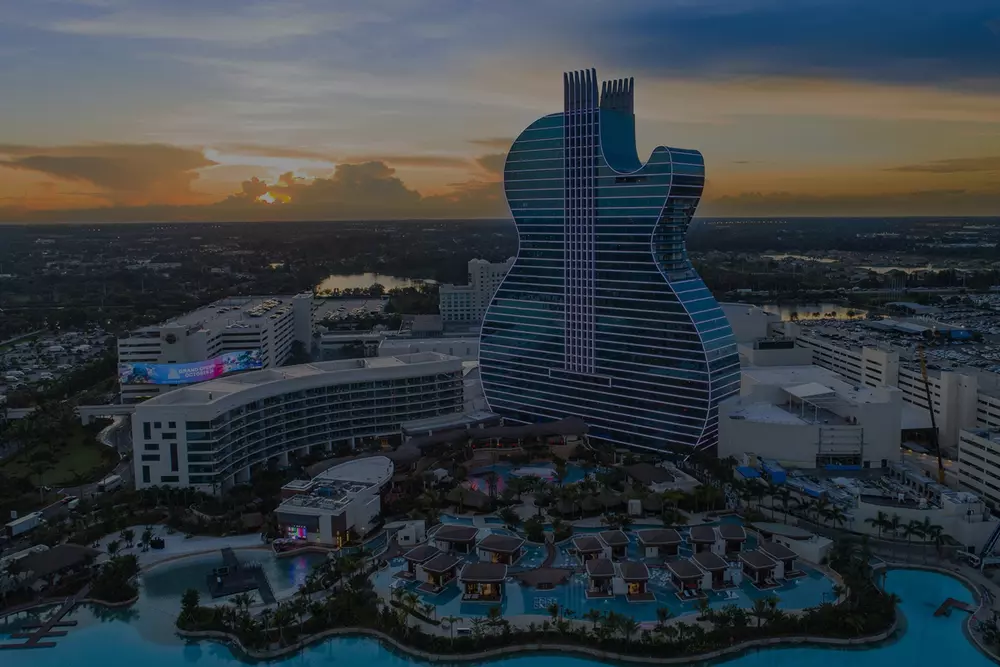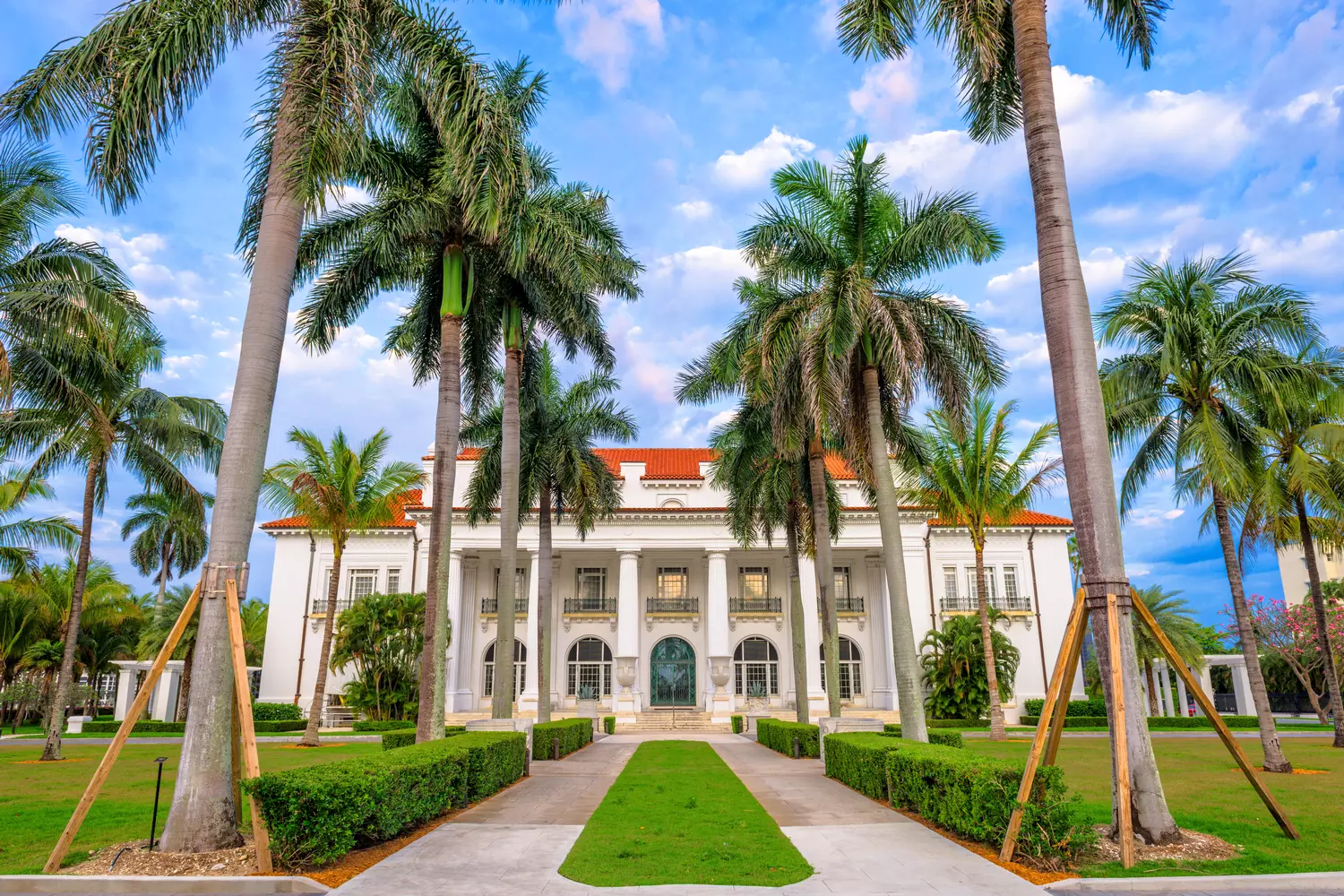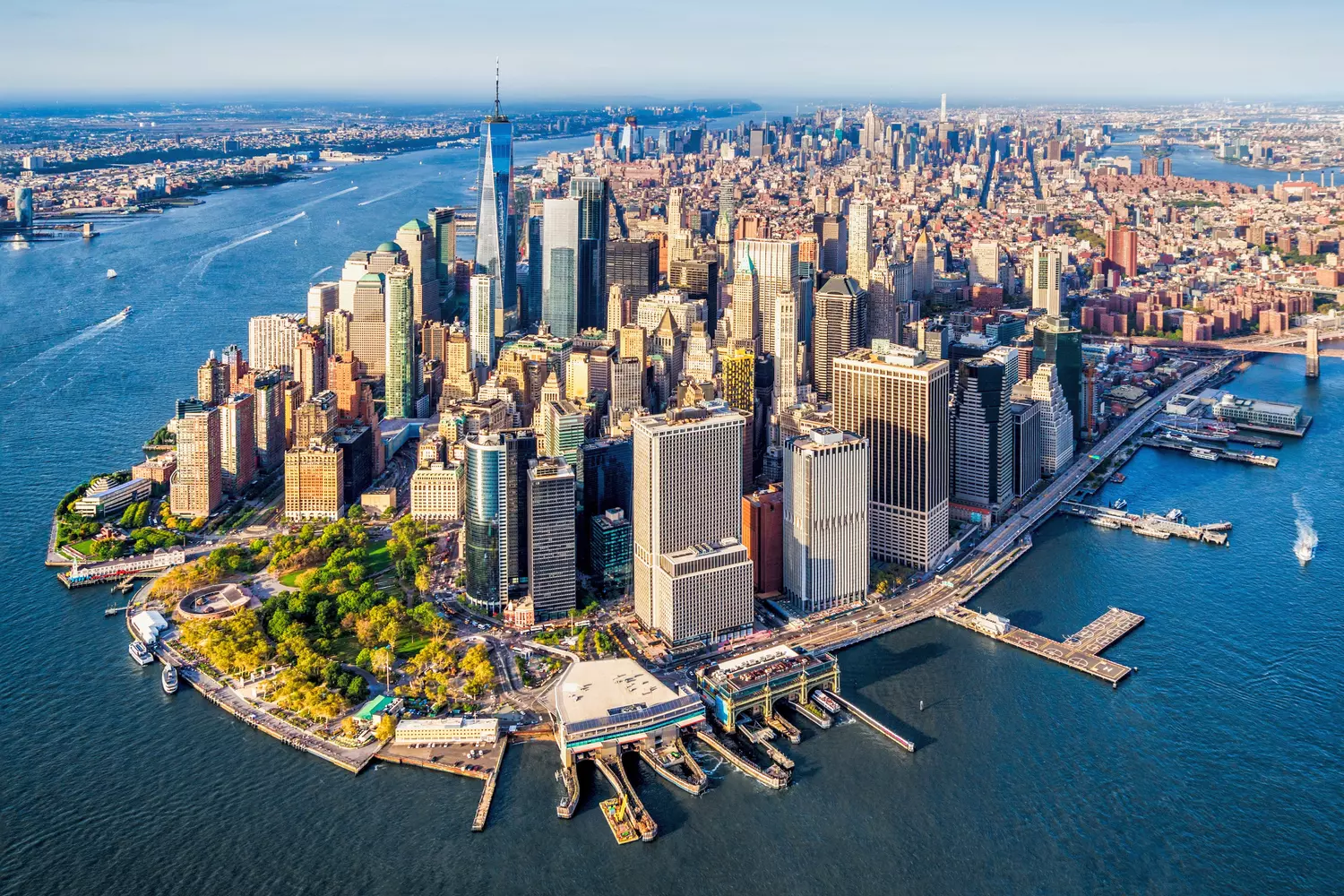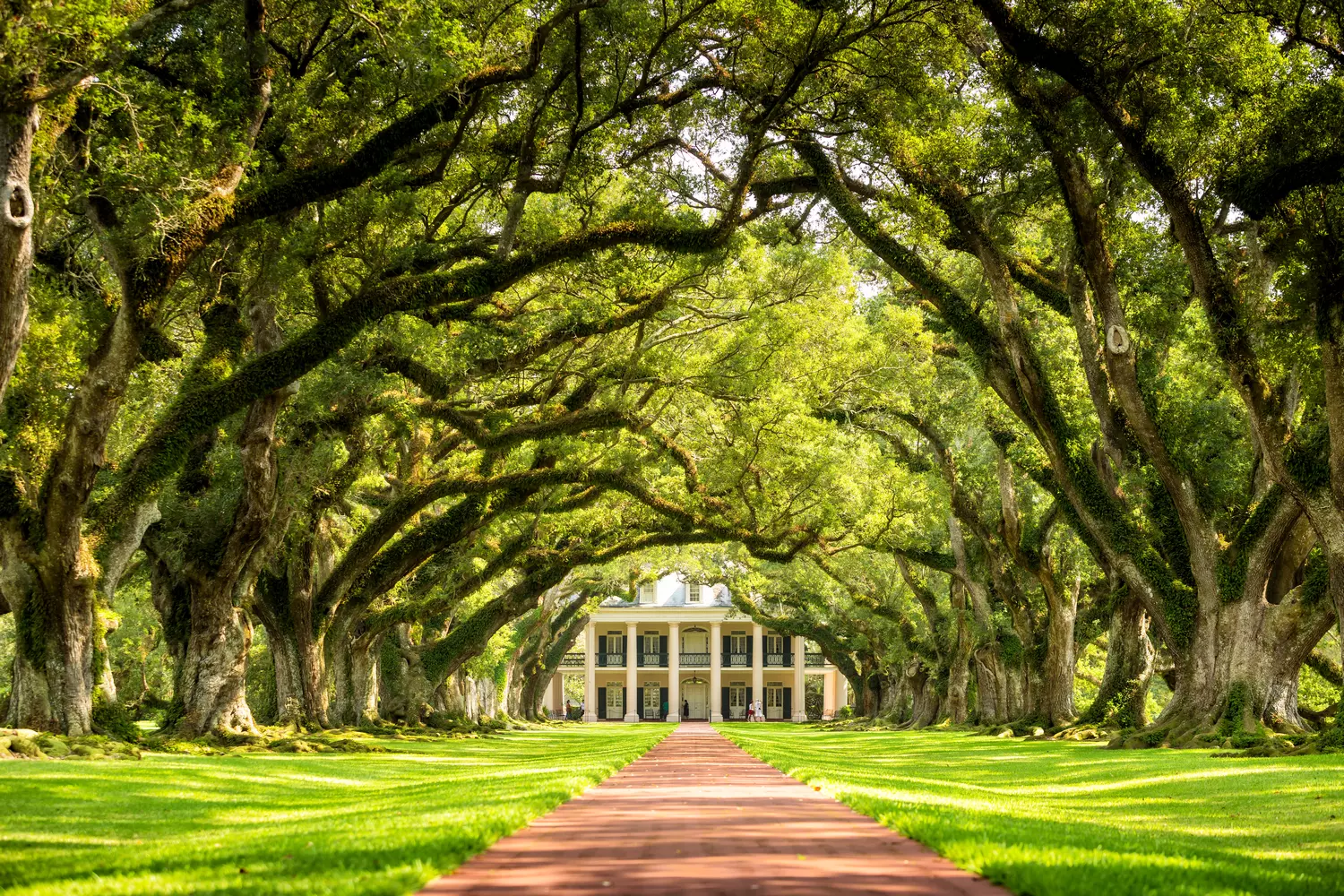The judicial and law enforcement systems of the United States are complex, multilayered mechanisms that have evolved over centuries. They are based on the principles of federalism, which means that power is divided between the federal government and state authorities. However, this also leads to numerous nuances that can sometimes be confusing. For instance, what is the difference between the police and the FBI? Why doesn't the CIA investigate crimes within the country? And how do these agencies interact with each other?
Moreover, conflicts of interest often arise within the system. Sometimes local authorities refuse to comply with federal agents, and at times the FBI and the police work in parallel but do not share information. In this article, we will examine the structure of the U.S. judicial system, the roles of the FBI, the police, and the CIA, and why their paths sometimes intersect.
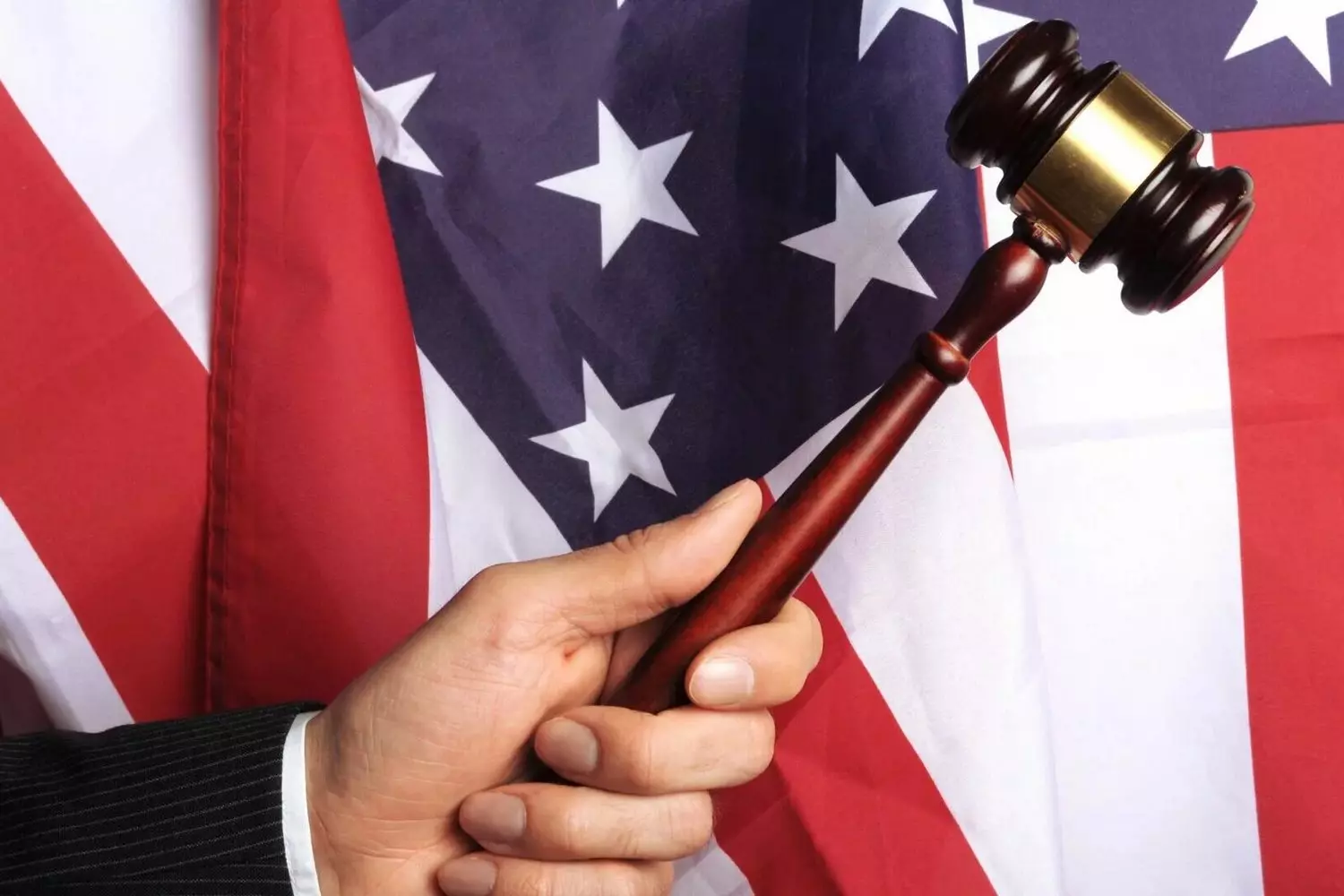
The U.S. Judicial System: How It Works
The American justice system is built on the principle of separation of powers and consists of three levels:
- Federal Courts
These courts handle cases related to the U.S. Constitution, federal laws, and international matters. They include district courts, appellate courts, and specialized courts such as the Tax Court and the Court of International Trade. - State Courts
These courts deal with violations of state laws, as well as criminal and civil cases. Each state has its own system, which includes municipal and county courts, along with appellate instances. - The U.S. Supreme Court
The highest judicial authority, whose decisions are binding for all courts in the country. It reviews constitutional issues and disputes between states.
The U.S. judicial system has several distinctive features:
- Trial by Jury
A key element of American justice, where a group of citizens determines the defendant’s guilt, while the judge delivers the sentence. - Judges Are Appointed or Elected
Depending on the court level and the specific state system. - Appellate System
Allows lower court decisions to be challenged, ensuring protection against judicial errors. - Precedent Law
Court rulings serve as guidelines for future legal cases.
Why Are Court Proceedings in the U.S. Sketched?
If you've ever seen news reports about U.S. courts, you may have noticed an unusual feature — courtroom sketches. This is not an artistic whim but a necessity. Most courtrooms prohibit video cameras, so courtroom artists are used to capture the atmosphere of the proceedings and the emotions of the participants.
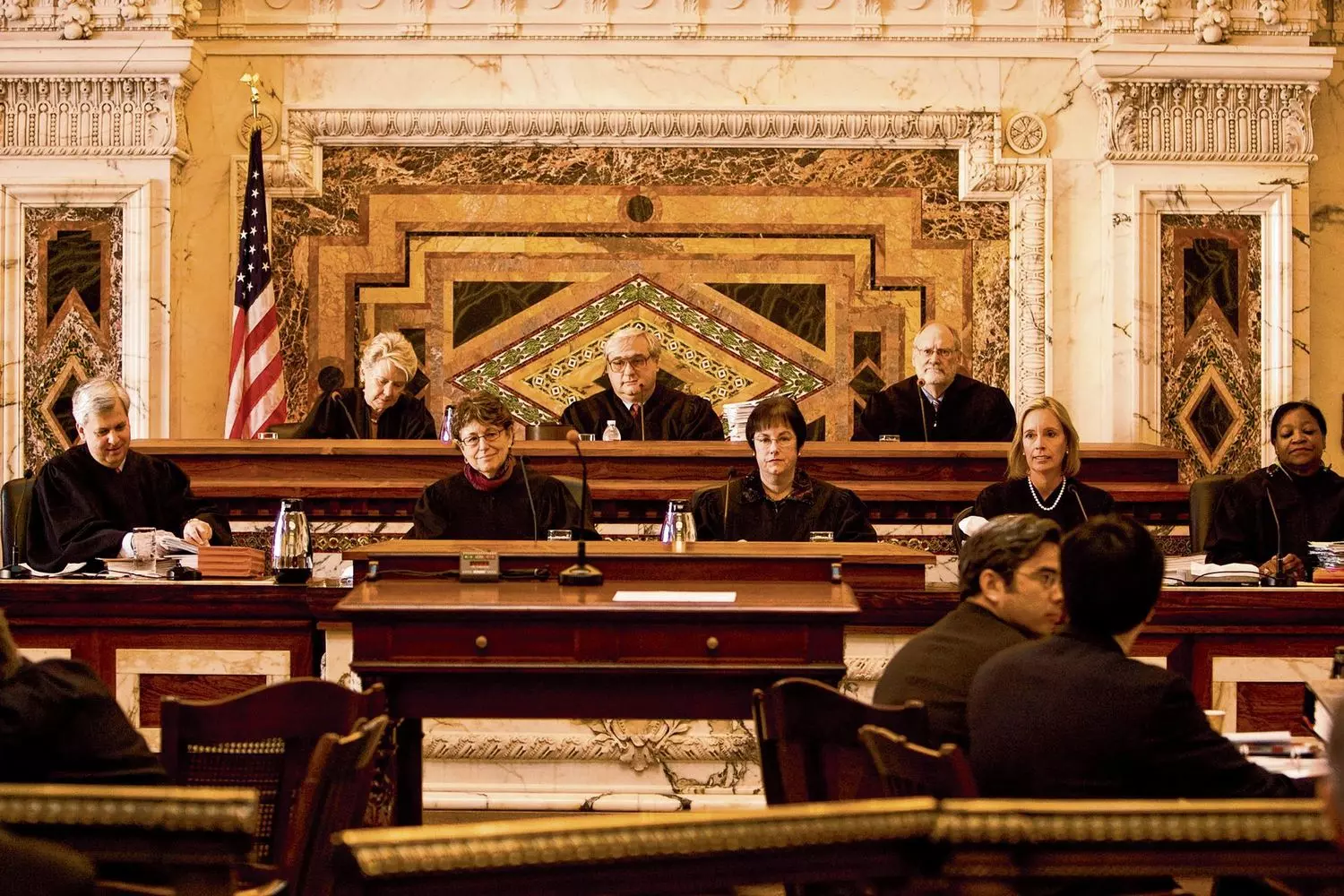
In the 1930s, a Chicago courtroom witnessed an extraordinary case where an artist's sketch became decisive evidence.
The U.S. Police: Structure and Authority
The police system in the U.S. is complex, encompassing various divisions and levels of jurisdiction. Law enforcement agencies are divided among federal, state, and local levels, with each responsible for specific tasks.
Main Functions of the Police
- Maintaining public order and ensuring citizens' safety.
- Combating crime at the local level.
- Conducting investigative and intelligence operations.
- Enforcing traffic regulations.
- Responding to emergencies and citizen calls.
- Cooperating with other law enforcement agencies.
Levels of Police
- Municipal Police
Operates within cities, responsible for patrolling streets, preventing crimes, and investigating local offenses. - Sheriffs
Elected officials working at the county level, responsible for rural security, managing county jails, and executing court orders. - Highway Patrol
Ensures road safety on highways and major roads. - State Police
Similar to municipal police but operates at the state level. - Federal Law Enforcement Agencies
These include agencies such as the DEA (Drug Enforcement Administration), ATF (Bureau of Alcohol, Tobacco, Firearms, and Explosives), and others.
Citizens' Rights When Interacting with the Police
In the U.S., citizens have significant rights when dealing with law enforcement officers, including:
- The Right to Remain Silent
A person can refuse to answer questions under the Fifth Amendment. - The Right to an Attorney
Upon arrest, every individual has the right to legal representation. - The Right to Refuse a Search
If an officer lacks a warrant or probable cause, a citizen can deny searches of their vehicle or residence. - The Right to Record Police Actions
In most states, individuals can film police activity as long as they do not interfere with the officers’ duties.
Do Americans Trust the Police?
Public perception of the police varies depending on region, crime rates, and personal experiences. Surveys indicate that while most Americans trust law enforcement, confidence tends to be higher in smaller towns and low-crime areas. In major cities and among certain social groups (such as African Americans and Latinos), trust levels may be lower due to cases of police misconduct.
High-profile incidents, such as the Black Lives Matter protests, have intensified discussions about police reform, emphasizing transparency and accountability in law enforcement practices.
How Should Tourists Interact with the Police in the U.S.?
For tourists in the U.S., it is essential to follow basic rules when dealing with law enforcement to avoid misunderstandings:
- Stay calm and avoid sudden movements.
- Follow the officer’s instructions without argument.
- Refrain from joking or acting disrespectfully.
- Always carry identification, such as a passport or a driver’s license with a visa.
- Do not consent to a search without a warrant.
- If detained, request an attorney.
Understanding these rules helps ensure a smooth experience while visiting the U.S.!
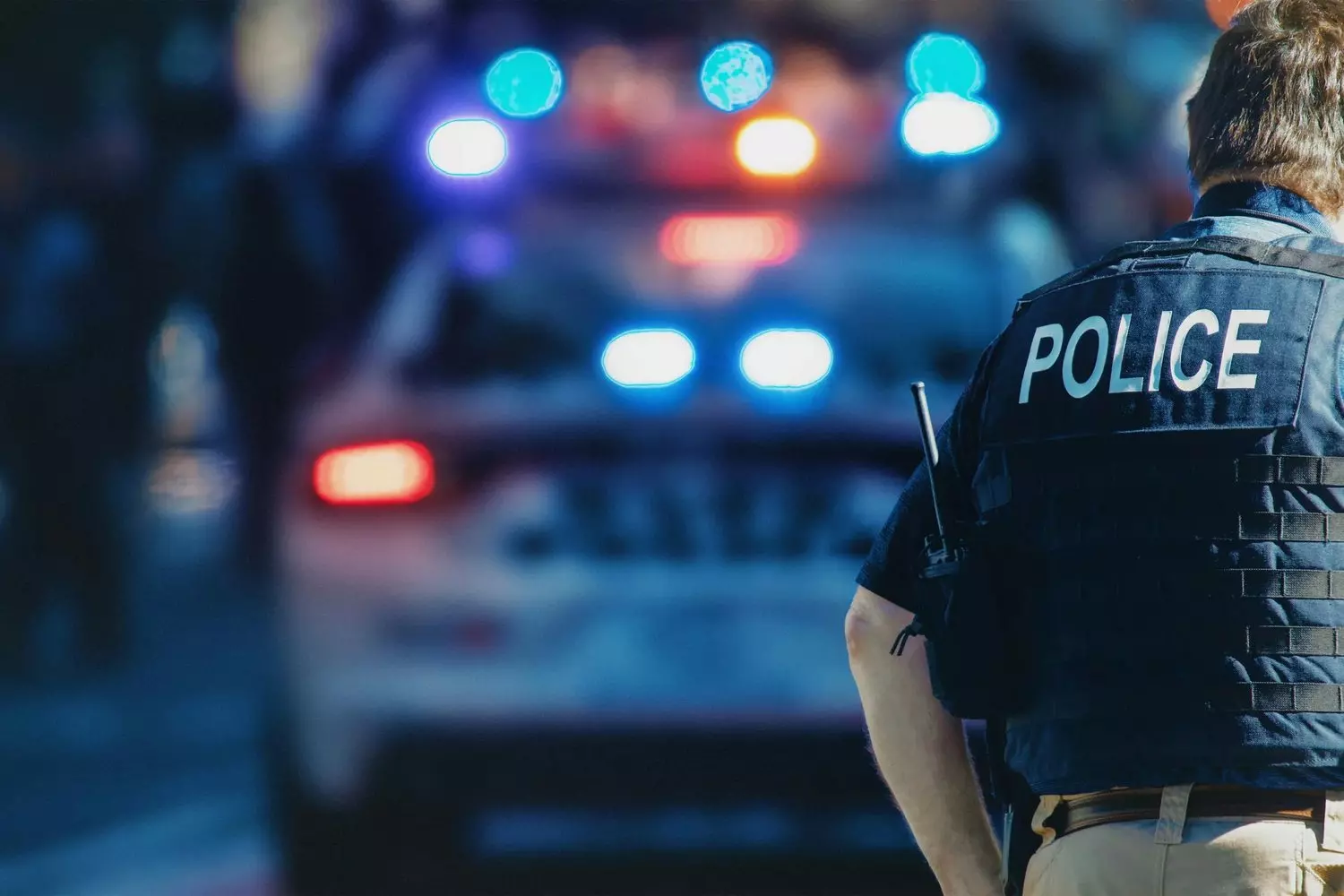
The FBI: Federal Bureau of Investigation
The Federal Bureau of Investigation (FBI) is the principal federal agency responsible for investigating crimes that cross state lines. It performs a wide range of functions related to national security and law enforcement.
Core Functions of the FBI
- Counterterrorism operations
- Counterintelligence and espionage prevention
- Combating organized crime and corruption
- Cybercrime investigations
- Civil rights protection
- Addressing violent crimes, drug trafficking, and human trafficking
Organization and Structure
The FBI headquarters is located in Washington, D.C., in the J. Edgar Hoover Building. The Bureau employs over 35,000 personnel, including special agents, intelligence analysts, legal experts, and IT specialists.
The FBI maintains:
- 56 field offices in major U.S. cities
- More than 350 resident agencies nationwide
- International offices known as "legal attachés" for global cooperation
Why Police and FBI Sometimes Clash
While both agencies serve the public interest, tensions occasionally arise due to:
- Jurisdictional differences
FBI operates at federal level vs local police authority - Information sharing
FBI's classified protocols may limit data disclosure - Operational approaches
Police favor immediate action while FBI conducts prolonged investigations
A notable conflict occurred during the 2016 terrorist phone encryption case, where the FBI's demand for Apple to unlock the device was opposed by local law enforcement citing privacy concerns.
The Bureau's image has been widely portrayed in films and TV series like "The Silence of the Lambs," "The X-Files," "Criminal Minds," and "True Detective." While these depictions showcase high-tech operations and dramatic investigations, real FBI work primarily involves meticulous evidence gathering and analytical processes rather than the constant action shown on screen.
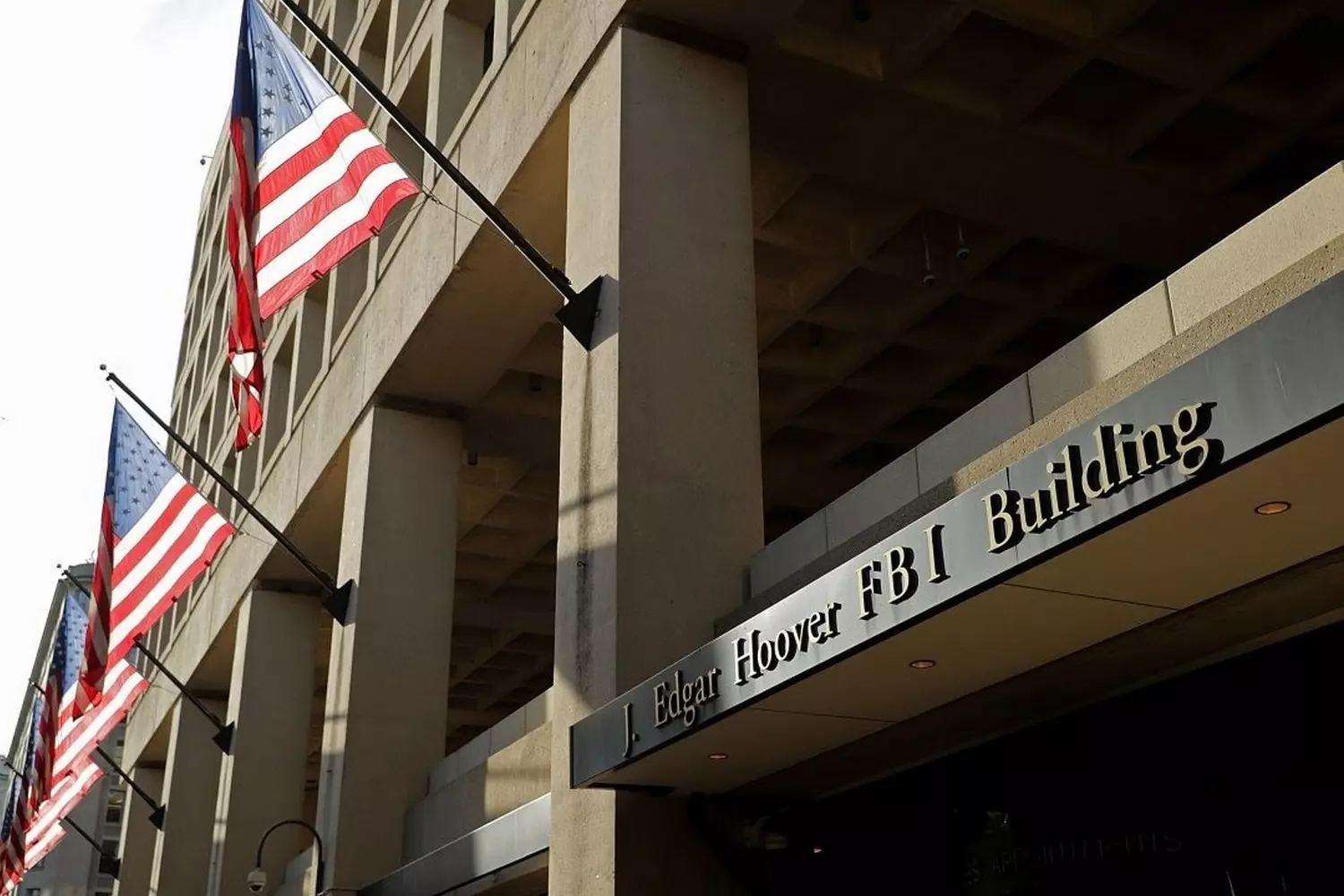
The CIA: Intelligence and Espionage
The Central Intelligence Agency (CIA) serves as the United States' primary intelligence agency responsible for gathering and analyzing information related to national security. Unlike the FBI, the CIA focuses exclusively on foreign intelligence operations and has no domestic law enforcement authority.
Core Missions of the CIA
- Monitoring potential threats to national security
- Conducting intelligence operations abroad
- Analyzing geopolitical developments and forecasting international crises
- Countering foreign intelligence services and protecting state secrets
Structure and Organization
The CIA headquarters is located in Langley, Virginia. The agency comprises several key directorates:
- National Clandestine Service
Handles human intelligence collection through agent networks - Directorate of Science and Technology
Develops advanced surveillance technologies - Directorate of Analysis
Evaluates intelligence data and prepares reports for government leadership
Key Differences Between CIA and FBI
- Jurisdiction:
The FBI operates domestically investigating crimes, while the CIA conducts intelligence operations exclusively outside the United States. - Chain of Command:
The FBI reports to the Department of Justice, whereas the CIA answers directly to the President and the National Security Council. - Law Enforcement Authority:
The FBI holds arrest powers, while the CIA lacks domestic law enforcement capabilities.
Notable Operations in CIA History
- Operation Cyclone (1979-1989)
Covert support for Afghan mujahideen during Soviet-Afghan War - Operation Northwoods (1960s)
Abandoned plan to create pretext for Cuban intervention - Bin Laden Operation (2011)
Critical role in the mission that eliminated al-Qaeda's leader
The World of Secret Operations at the Spy Museum in Washington
Want to Understand the U.S. Justice System Better?
The U.S. law enforcement system is meticulously structured, with each agency performing distinct roles. While overlaps sometimes lead to conflicts, their collective mission remains the same — ensuring public safety.
American Butler offers legal consultations and guided tours of U.S. law enforcement agencies, providing an insider’s perspective on the American justice system!














